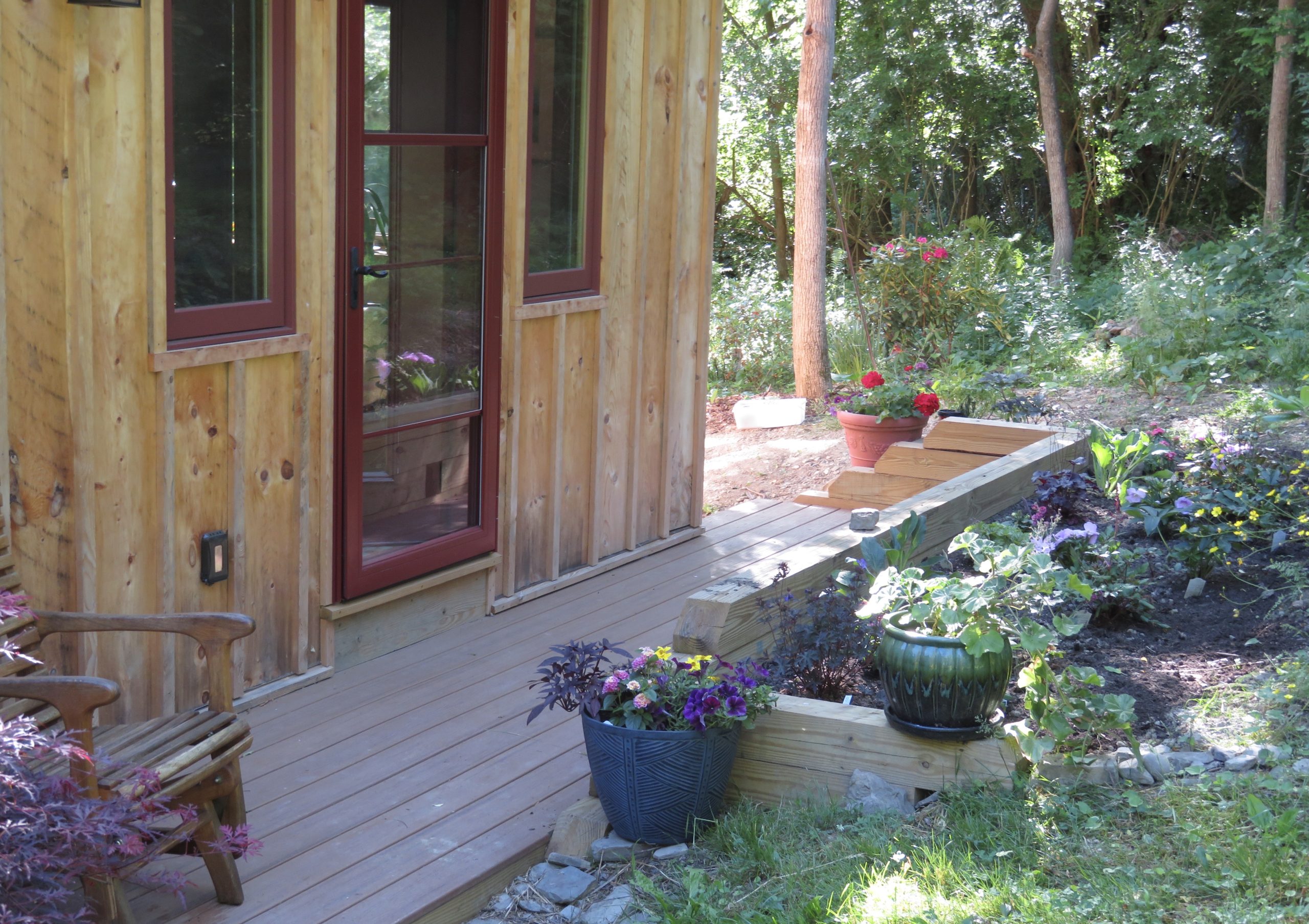I’m sure you, too, are amazed at scenes like this: You’re watching your child at play, or a puppy running around the yard. Or you’re walking in the woods and see a fawn, or a kit, a baby fox, or a butterfly.
Or—I’m sitting in bed, a magazine on my lap. My wife is next to me, doing a puzzle. In between us, near our feet, are two cats, sleeping. I look at them, at all of us, and feel awe. Ok, the cats are simply sleeping, my wife, puzzling. But there is such trust on that bed. These beings want to be here, with me, with each other. They care. Or we care.
One of the cats, Miko, starts shaking, as if dreaming. He wraps his front paws around and over his head, as if to hide. I lean over and touch his back, and the shaking stops. He relaxes, releases his head, and turns over, showing me his belly. There is such vulnerability there, and tenderness. I give myself to you, and you give it back, enhanced.
When life is tough, we need to know such moments are possible, and even better, how to create a situation so they’re probable.
I’m reading an article in Lion’s Roar: Buddhist Wisdom for Our Time. The piece details a wonderful conversation between author and meditation teacher, Sharon Salzberg, and the educator, scholar and social activist Bell Hooks, about “The Power of Real Love.” Sharon talks of growing up and thinking that love is something given by others, but instead, it is an ability, a capacity, maybe even a responsibility we have in ourselves. Bell Hooks talks of love as residing in our actions, not just in our feelings.
In this day, in this threatening political climate, where fear and hate are so frequently in the news—How do we love? How do we allow ourselves to be vulnerable and care when the forces of domination and injustice seem to surround us?
Fear can be a message to wake up and observe more closely, or to turn away and flee. It’s built on opposition and is unstable and lasts only as long as we maintain a threat, an enemy, and a wall. Those outside the wall are rejected; those inside the wall are suspect. Such fear needs our compliance with it to succeed. Sometimes, we must or can’t help but act out of fear, but we pay an awful price when we allow fear to live too dominantly in us.
Love is built on mutuality, on approaching as close as possible to another being. It thrives on moments when there is little or no boundary or wall and, as the philosopher Ken Wilber put it, when our borders are not just points of demarcation but places where touching is possible….
*To read the whole piece, please go to The Good Men Project.
**And thank you to Bell Hooks and Sharon Salzberg (and Lion’s Roar) for the conversation and teachings.
***This is a revisiting of a blog from September, 2017.


